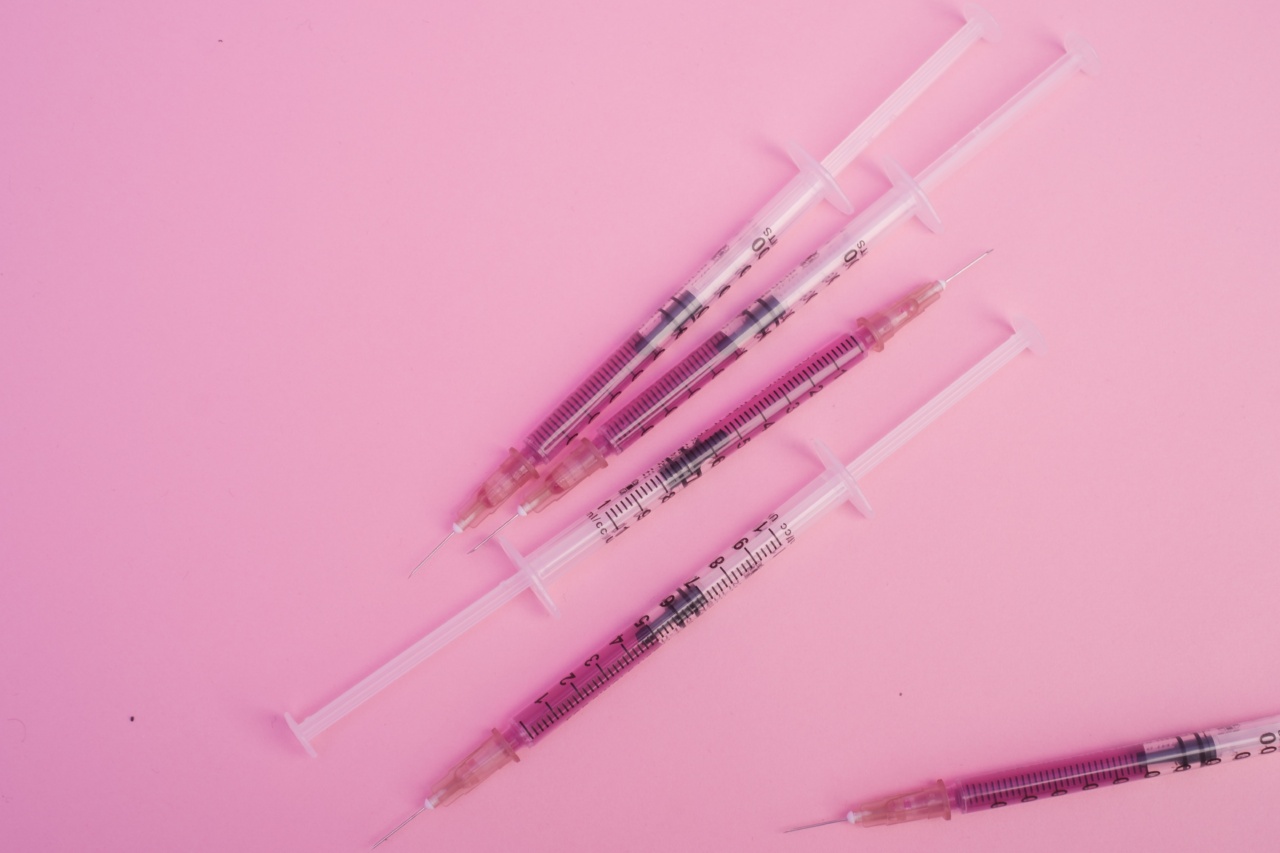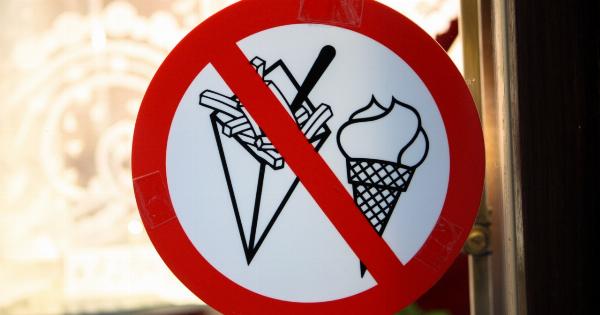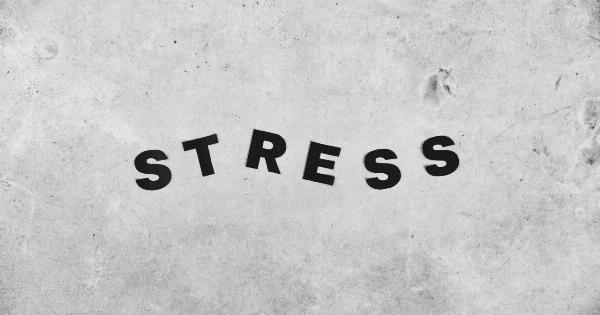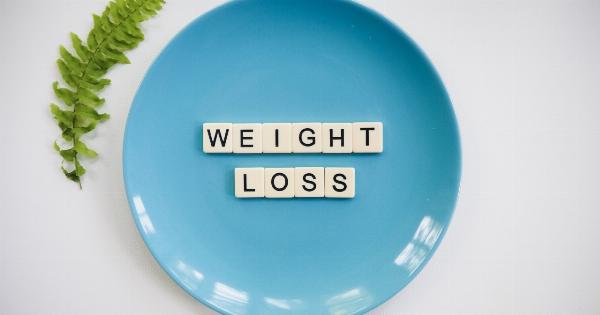One of the most effective ways to prevent fluid buildup in the body is by staying properly hydrated. When your body is dehydrated, it tends to retain water, leading to fluid retention and swelling.
Make sure to drink enough water throughout the day to keep your body hydrated. Aim for at least 8 glasses of water each day, and increase your intake if you engage in activities that cause excessive sweating or if you live in a hot climate.
Step 2: Eat a Balanced Diet
Your diet plays a crucial role in maintaining proper fluid balance in the body. It is important to consume a well-rounded diet that includes a variety of fruits, vegetables, whole grains, lean proteins, and healthy fats.
Processed foods, excessive sodium, and sugary drinks can contribute to fluid retention. Opt for natural, unprocessed foods and limit your intake of sodium and added sugars to help prevent fluid buildup.
Step 3: Exercise Regularly
Engaging in regular physical activity is not only essential for overall health but also helps prevent fluid buildup. Exercise improves circulation, promotes lymphatic drainage, and helps maintain a healthy weight.
Incorporate both cardiovascular exercises, such as brisk walking, running, or biking, and strength training exercises into your routine. Aim for at least 150 minutes of moderate-intensity aerobic activity or 75 minutes of vigorous-intensity activity per week, along with muscle-strengthening activities on two or more days.
Step 4: Elevate Your Legs
If you spend long periods sitting or standing, fluid may accumulate in your lower extremities. To prevent this, try elevating your legs whenever possible. Prop your feet up on a stool or use cushions to raise your legs to a level above your heart.
This position helps promote better blood circulation and prevents fluid from pooling in your legs, reducing the risk of swelling and fluid buildup.
Step 5: Massage and Compression
Massage and compression techniques can help prevent fluid buildup and alleviate existing swelling. Gently massaging the affected areas stimulates lymphatic drainage, helping excess fluid to be eliminated from the body.
Compression garments, such as compression socks or stockings, provide support to the veins and improve blood circulation, reducing the chances of fluid retention. Consult with a healthcare professional to determine the appropriate compression level and method for your specific condition.
Conclusion
Fluid buildup in the body can be uncomfortable and lead to swelling and other complications.
By following these five easy steps – staying hydrated, eating a balanced diet, exercising regularly, elevating your legs, and utilizing massage and compression techniques – you can help prevent fluid buildup and promote better overall health. Remember to consult with a healthcare professional if you experience persistent or severe fluid retention to rule out any underlying conditions and receive appropriate treatment.































